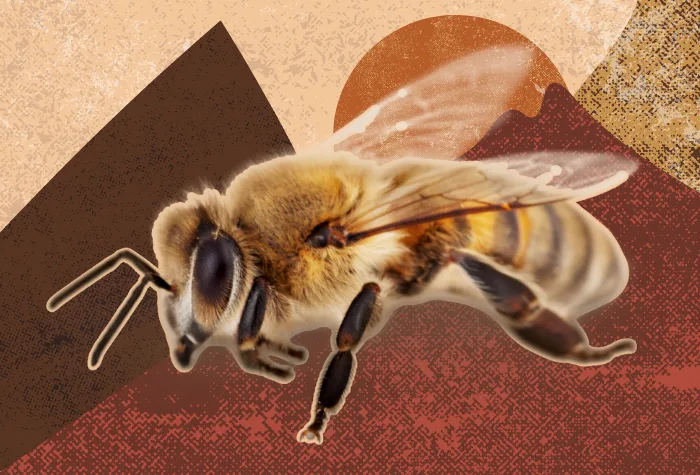
Thousands of bees survive 50 days buried under volcanic ash in La Palma
La Palma began erupting on September 19, 2021.
"Hundreds of thousands" of honeybees managed to survive under a metre of volcanic ash for 50 days, following an eruption at La Palma in the Canary Islands in September.
Six hives were 600 metres from the volcano. When rescuers got to the site and dug them out in early November, they found five of those hives were still alive. Three of the hives were completely buried, while three were partially visible.
Their proximity to the volcano may have been what saved them. Speaking with Post Media, Elías González, president of the Agrupación de Defensa Sanitaria Beekeepers of La Palma, said the type of ash that falls closest to a volcano allows air to pass through.
The bees apparently sealed themselves in by creating a resinous material called propolis to plug up gaps, and subsisted on food reserves for 50 days.
Propolis, also referred to as 'bee glue,' is a material bees make by mixing saliva and beeswax with secretions from sap, tree buds, and other plant sources. Primarily used to seal up open spaces, propolis is thought to have healing qualities, including antiseptic, antibacterial, and anesthetic effects.
While not commonly used in modern medicine, ancient Greeks, Romans, and Egyptians used it extensively as a healing agent.
La Palma erupted on September 19, 2021 after being dormant for half a century. Disruptions are ongoing, with lava destroying more than 2,000 buildings and forcing evacuations of more than 7,500 people - roughly 10 per cent of the island's inhabitants.
Thumbnail created by Cheryl Santa Maria using graphical elements from Sketchify. Bee image: Billion Photos.










